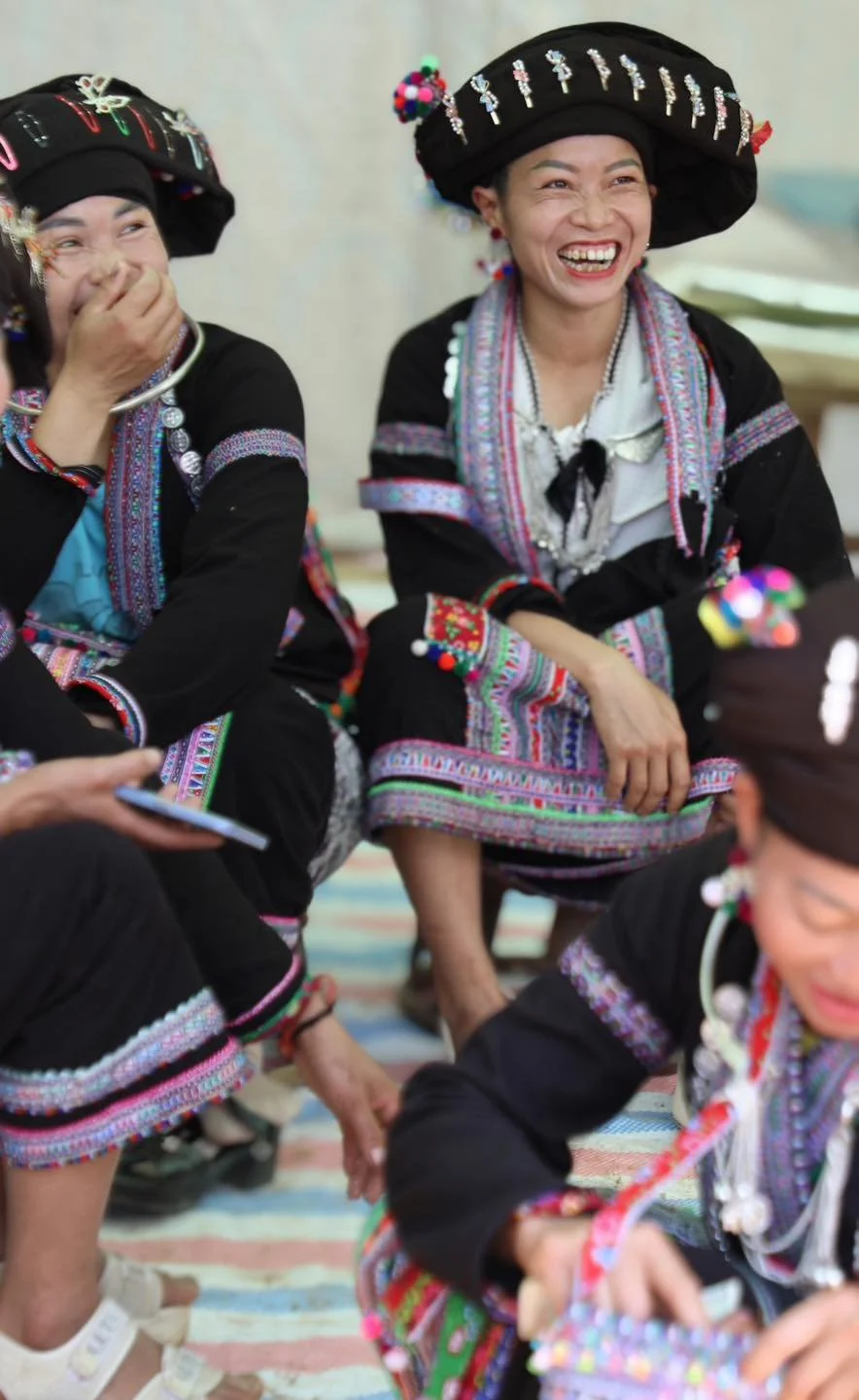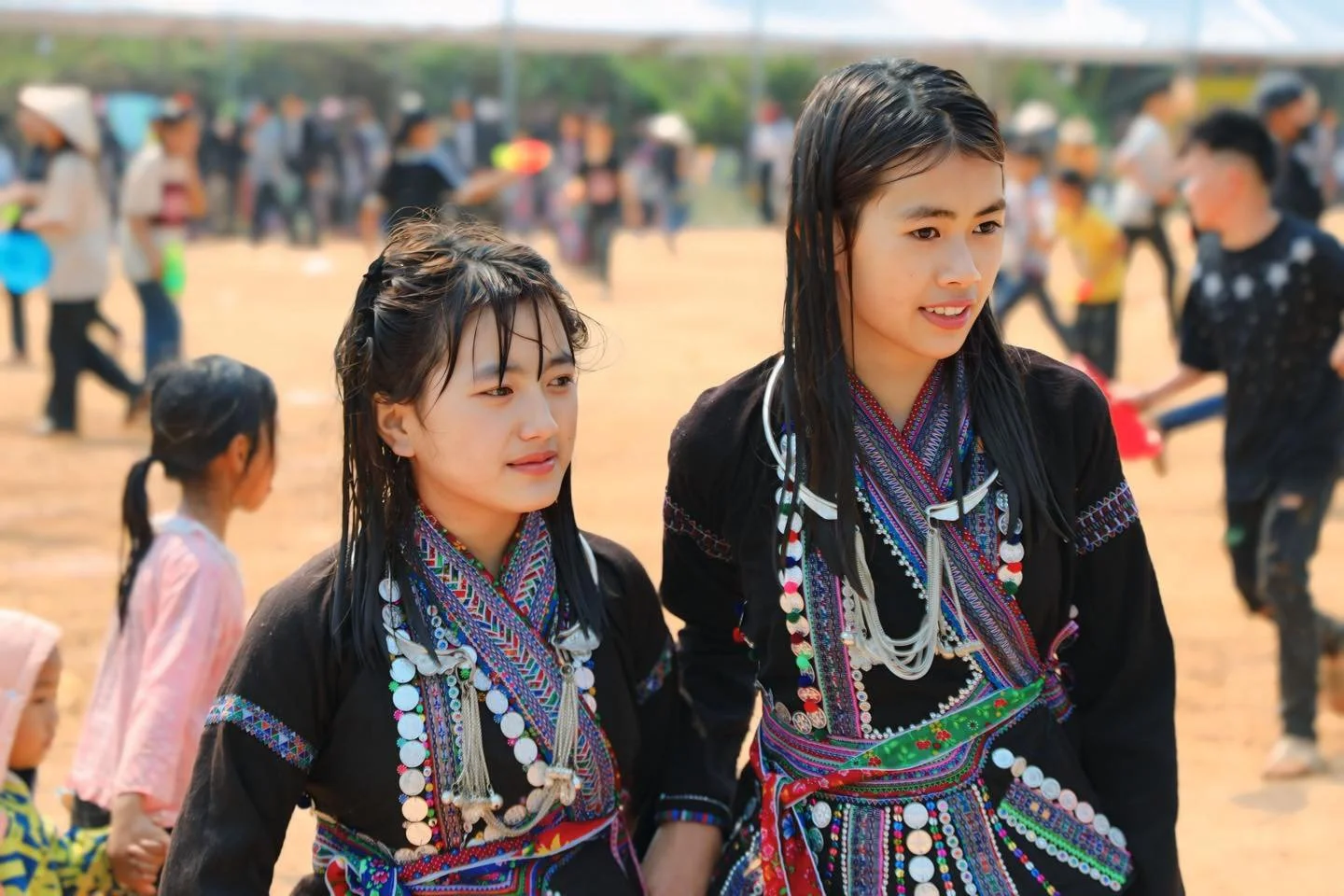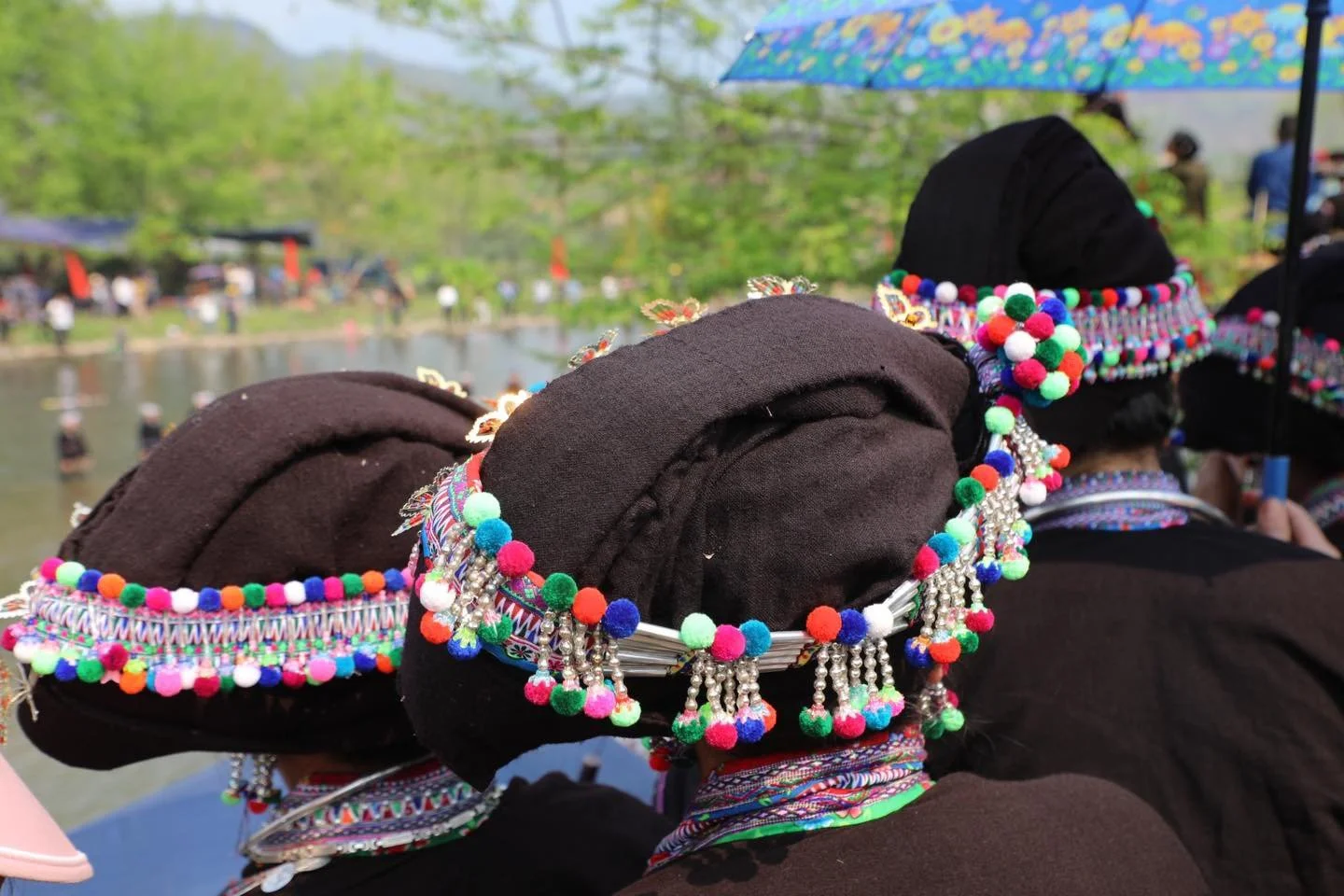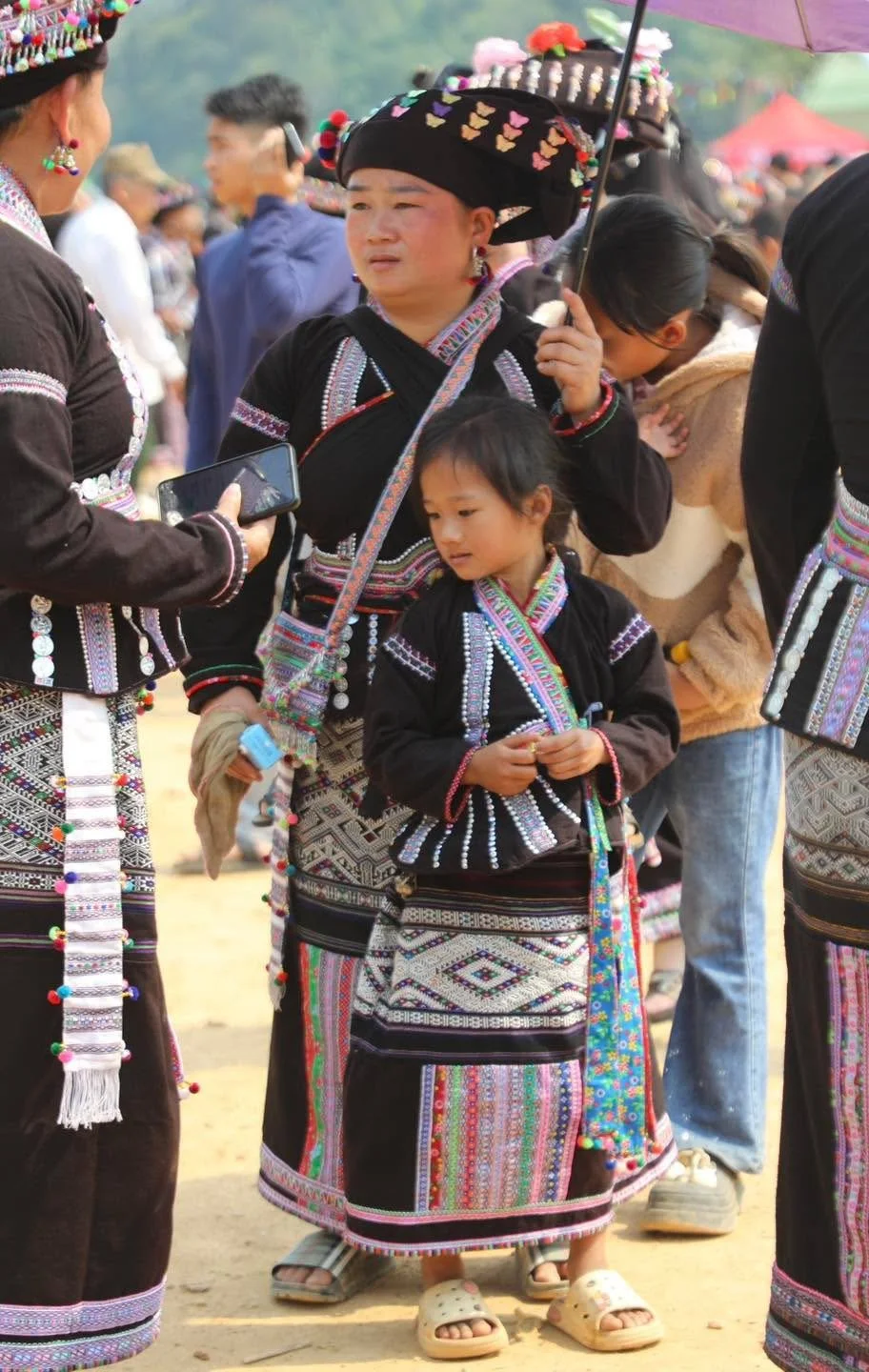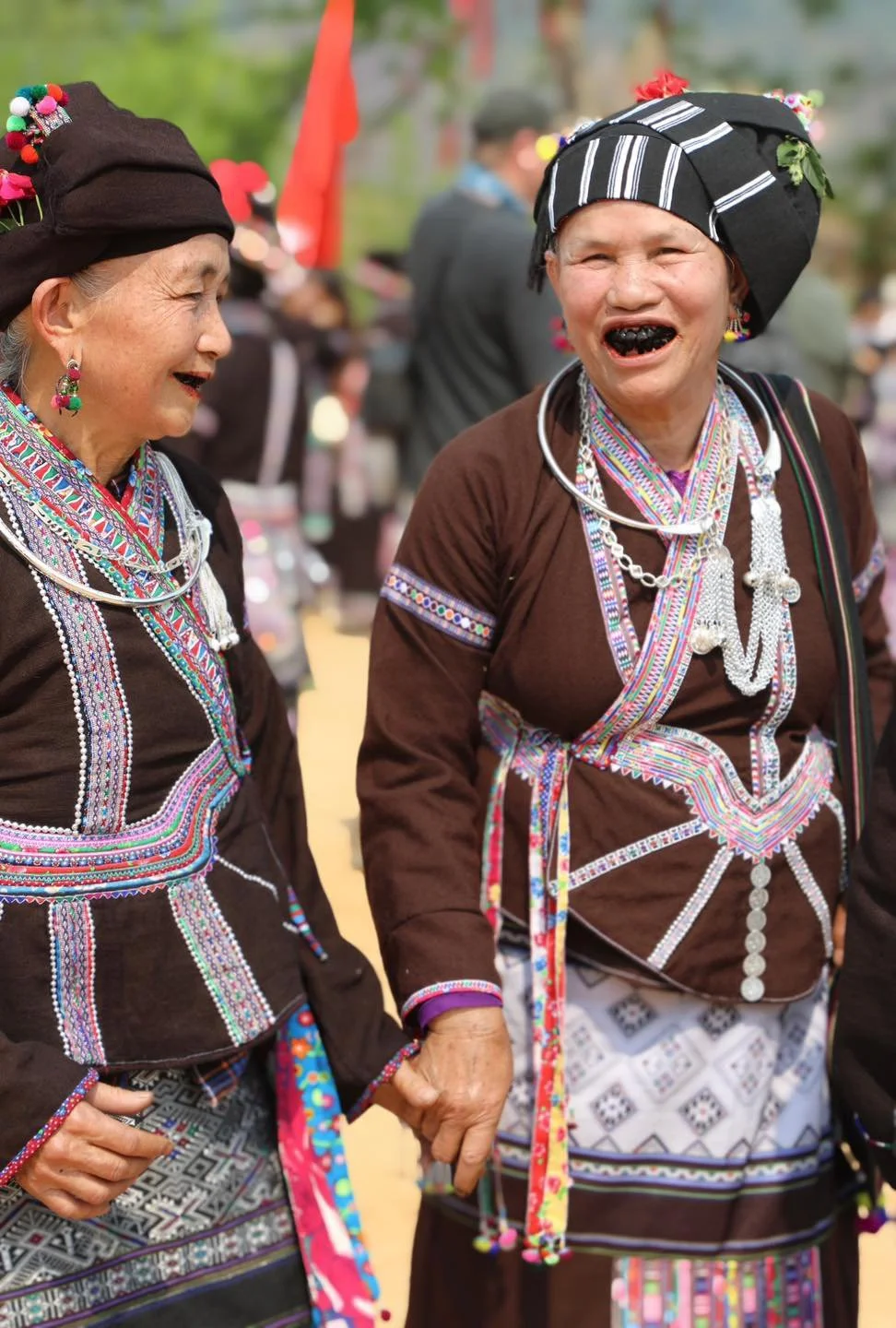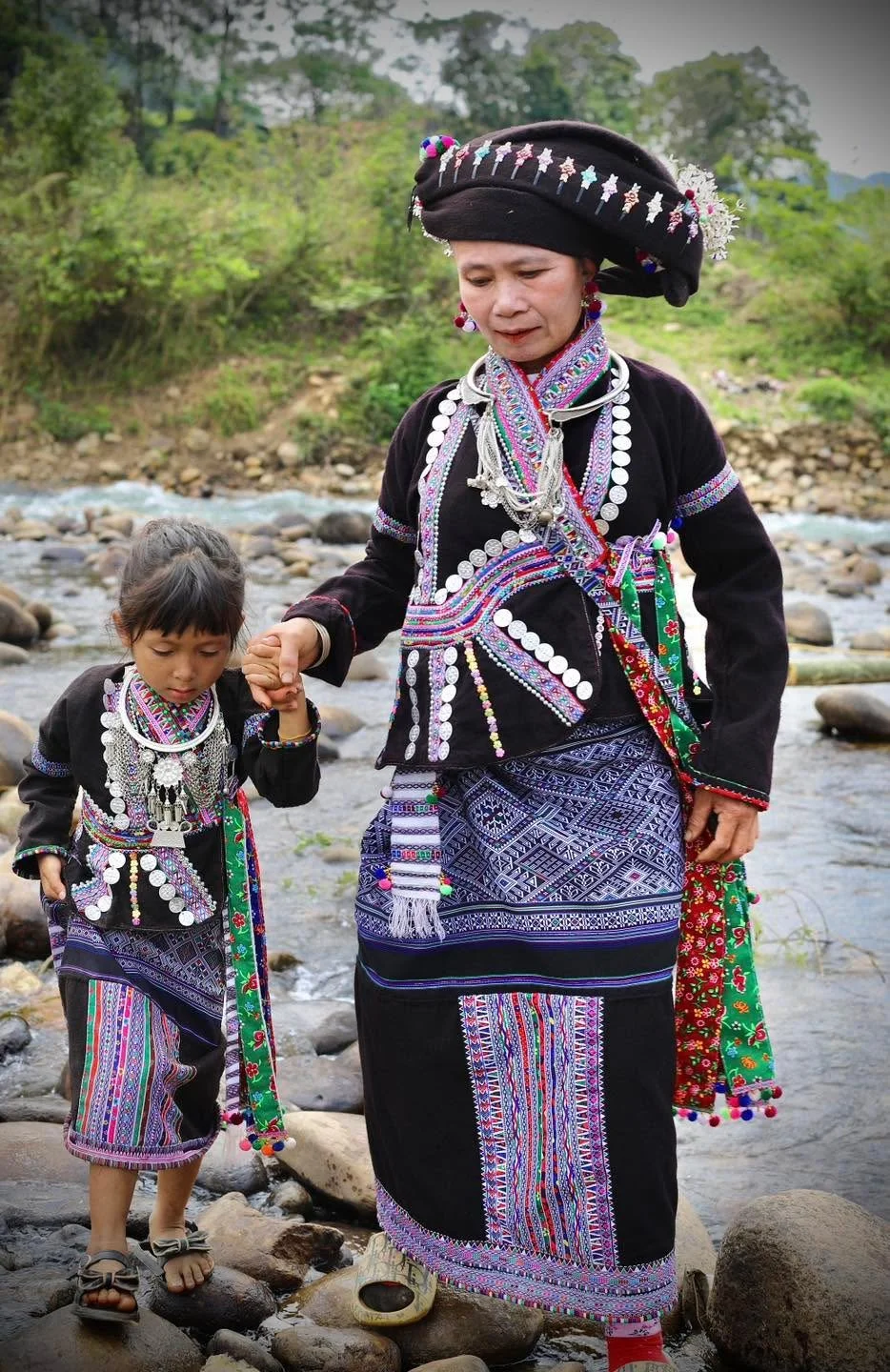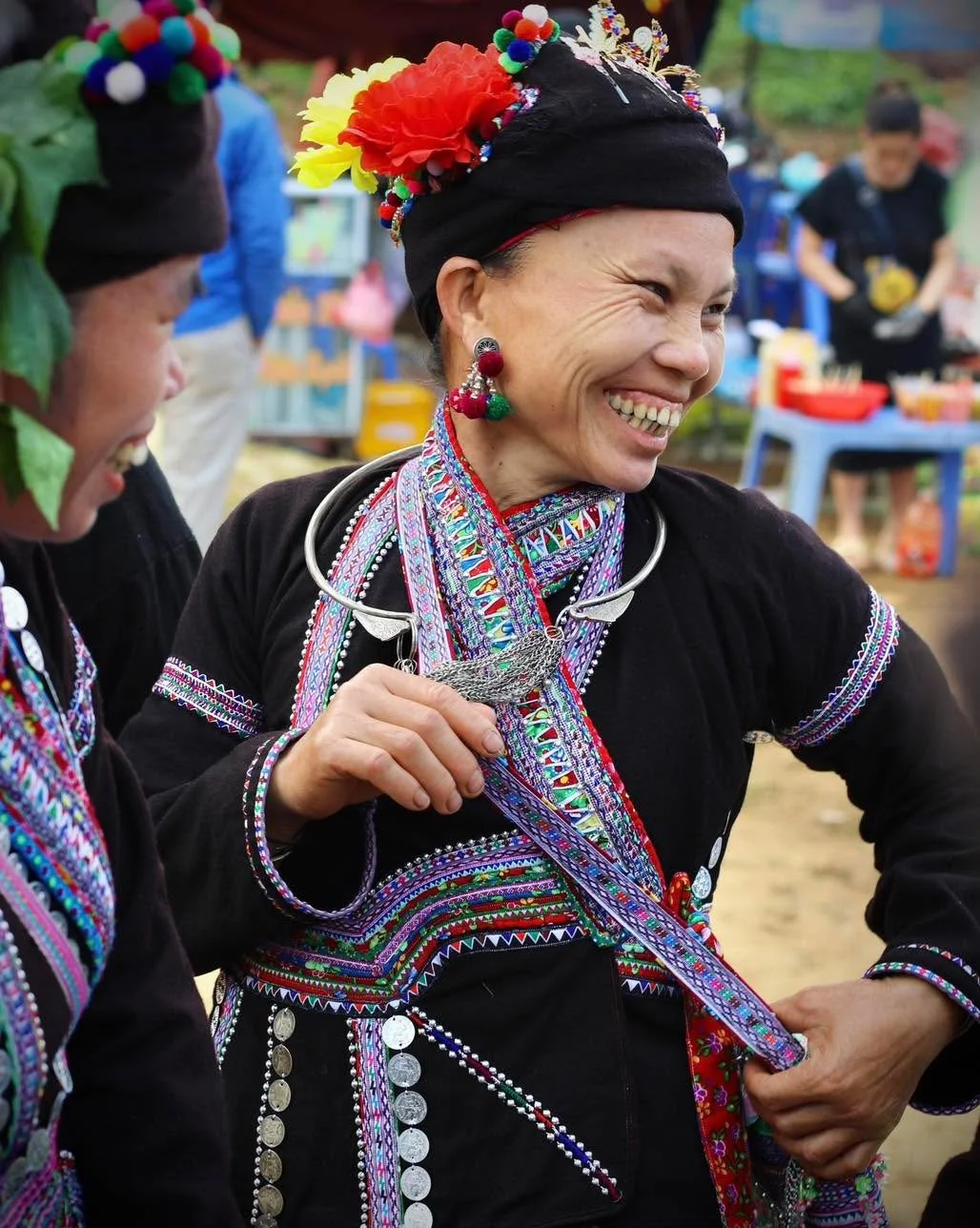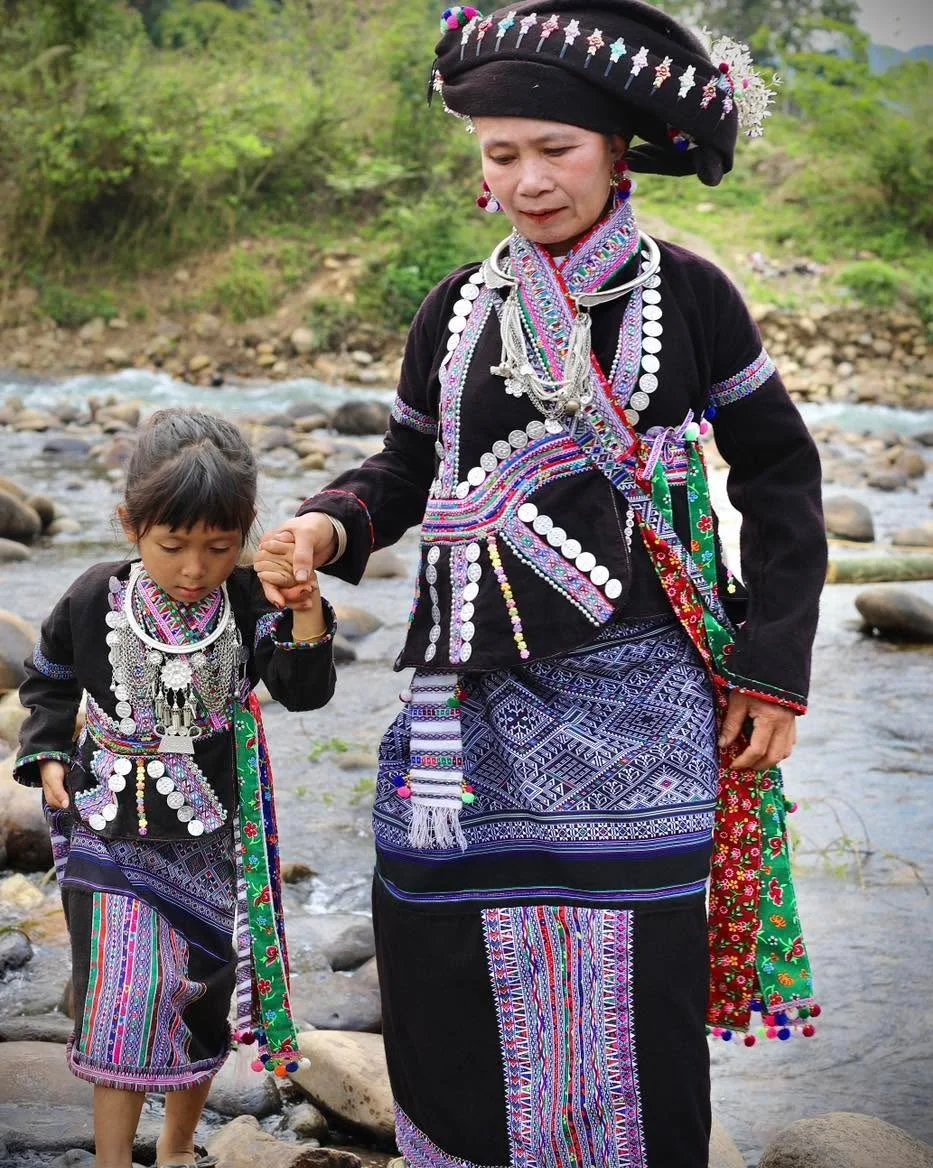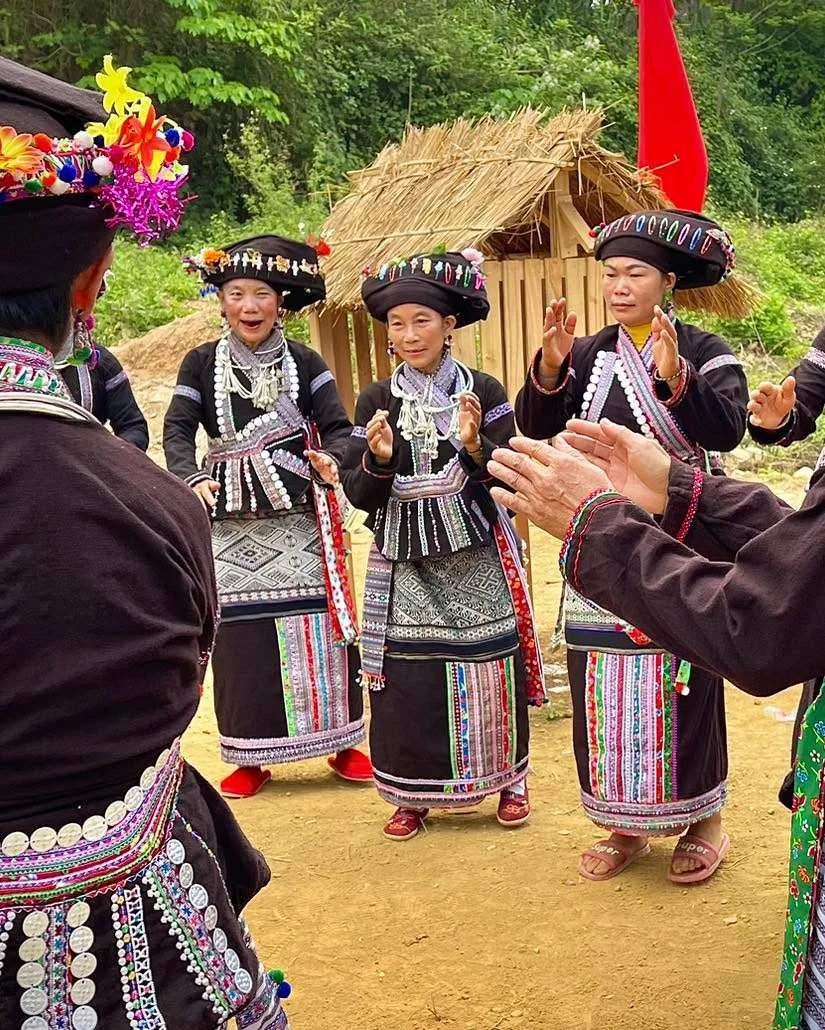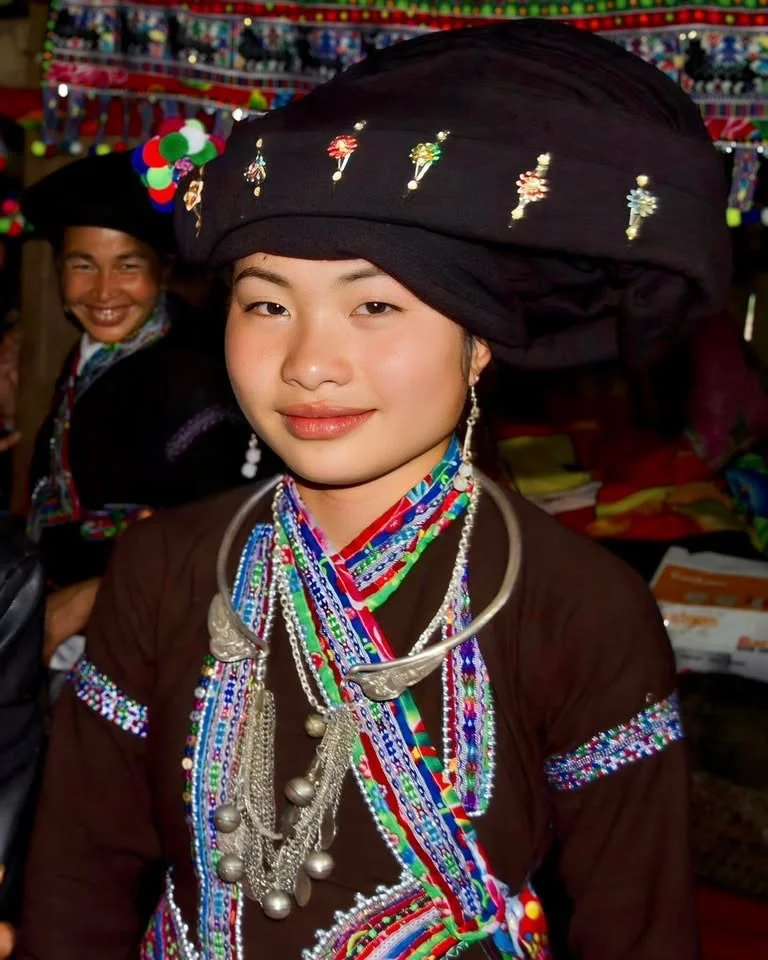Insights and Stories from Sapa and the Northern Borderbelt provinces of Vietnam.
The Gentle Rhythms of Lao Life: A Glimpse into the Northwest Highlands
A quiet journey into the Lao highlands, where life moves to the rhythm of rivers and song. Meet the communities who weave memory, laughter and craftsmanship into every moment.
There is something quietly captivating about the Lao ethnic communities scattered across Vietnam’s northern mountains. Their villages, often cradled by mist and river valleys in Lai Chau or Son La, feel like worlds suspended between seasons; places where time seems to slow, just enough to notice the details; the scent of wet bamboo after rain, the shimmer of embroidered silk in the sunlight, the sound of laughter drifting from stilt houses.
Where Mountains Meet Memory
The Lao people, whose ancestors journeyed from what is now the Lao People’s Democratic Republic, belong to the Tay-Thai linguistic family. Their language carries echoes of Laotian speech, but with gentle variations that root it firmly in these Vietnamese highlands. You hear it most beautifully in song; a soft lilt that rises and falls with the rhythm of work, play, and prayer.
Most Lao families live in wide stilt houses that blend practicality with grace. The ground floor shelters buffalo and tools, while the upper floor is a shared living space filled with warmth and wood smoke. Privacy, such as it exists, is created with woven curtains hung with pom poms that dance when the breeze drifts through. It’s modest, but deeply alive with care and craft.
Threads of Identity
Lao textiles tell stories that words sometimes cannot. Women still weave intricate brocade and embroider bold motifs, even if cotton now replaces hand-spun fibres. Their skirts, long and flowing, are alive with patterns of trees, birds, and leaves. Each one seems to hold a memory; a season, a celebration, a piece of family history.
They pair these with fitted tops fastened by colourful sashes, silver coins that glint softly against black fabric, and plain black headscarves wrapped with an elegance that feels timeless. The overall effect is both restrained and radiant, a blend of simplicity and ornament that feels entirely their own.
The Smile Behind the Betel Nut
Among the Lao, teeth blackening and betel chewing remain living traditions. At first glance, it may seem surprising, even startling, yet within the culture it carries beauty and meaning. Blackened teeth are seen as a sign of maturity, dignity, and humanity; a mark that separates people from the animal world. The practice, mostly kept by older women, gives them a presence both commanding and gentle; smiles inked with wisdom.
A Festival of Water and Renewal
During the Lao New Year, villages come alive with colour, laughter, and the joyous chaos of splashing water. It’s more than play; it’s ritual. The water symbolises cleansing; washing away misfortune and inviting good weather, fertile fields, and healthy families. As drums echo through the valley, people dance and sing, moving in rhythmic patterns that mirror the flow of rivers.
It’s hard to describe without sounding sentimental, but there’s a kind of purity in these moments — a sense that the world, even briefly, finds its balance again.
The Songs that Hold the Hills
Folk songs, legends, and tales are woven through Lao life like threads in a tapestry. Their dances are fluid, open, and expressive, guided by drums but never strictly choreographed. You see freedom in their movement; a joyful refusal to separate art from life.
Perhaps that’s what makes time with the Lao so special. It isn’t performance. It’s participation and being drawn, slowly and sincerely, into the shared rhythm of the mountains.
At ETHOS, we believe that travel should feel like conversation; sometimes quiet, sometimes full of laughter, always rooted in respect. Our journeys with Lao communities are invitations to listen, to walk gently, and to learn how beauty can live in the everyday.





